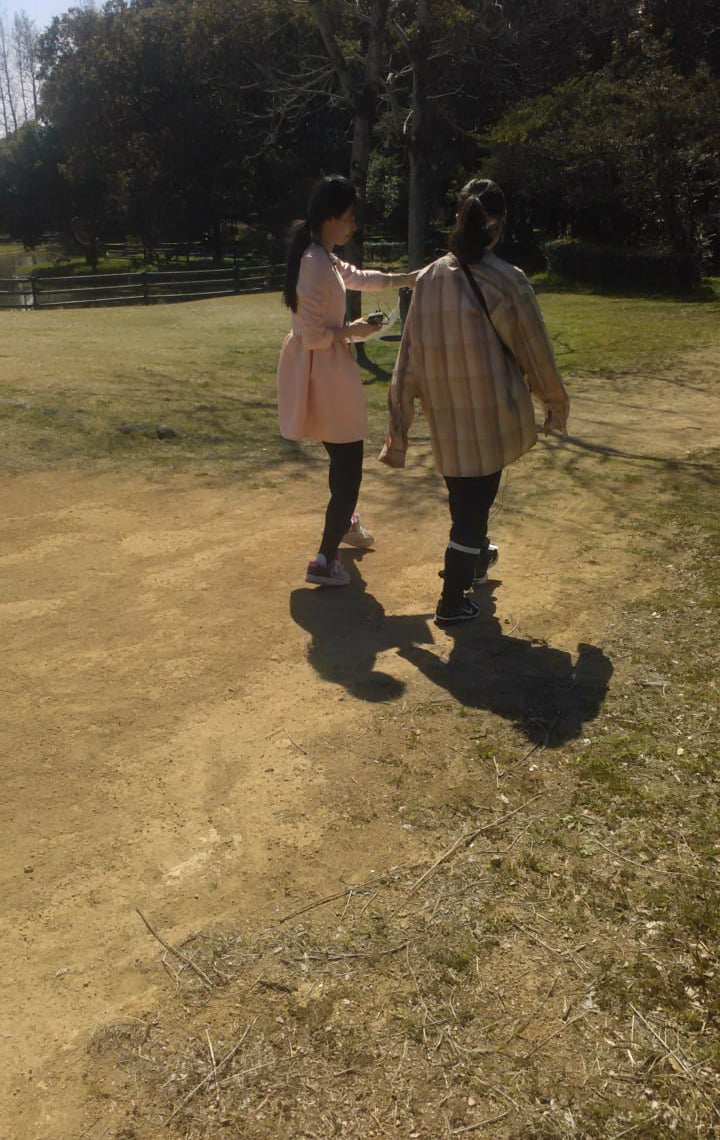

Interactions for People with Visual Impairments
This research aims to advance the design and development of accessible interaction systems for visually impaired individuals, focusing on creating intuitive, inclusive, and effective solutions. The goal is to enable seamless interactions with digital devices, systems, and the physical environment, empowering visually impaired people to navigate their daily lives with greater independence and confidence.
Background
Accessible interaction is a cornerstone of inclusivity, particularly for the estimated 285 million people worldwide with visual impairments. Current interaction models, such as touchscreens and visual interfaces, often fail to meet the needs of visually impaired users. The growing prevalence of smart devices and the Internet of Things (IoT) presents both opportunities and challenges in developing accessible interaction paradigms that enhance usability, efficiency, and satisfaction for this population.
Research Questions
1. How can alternative interaction modalities, such as haptic feedback, audio cues, and voice recognition, be optimized for visually impaired users?
2. What role can AI and machine learning play in personalizing interaction experiences for individuals with varying levels of visual impairment?
3. How can the design of physical and digital environments be improved to support accessibility and inclusivity for visually impaired individuals?
Methodology
This research employs a user-centric and interdisciplinary approach, including:
1. Needs Assessment: Conducting surveys, interviews, and observational studies to understand the challenges and preferences of visually impaired users in interacting with technology and the physical environment.
2. Technology Prototyping: Designing and testing accessible interaction systems, such as multimodal interfaces, wearable assistive devices, and context-aware systems.
3. Evaluation: Using metrics such as usability, efficiency, error rates, and user satisfaction to assess the effectiveness of the developed systems.
4. Collaborative Design: Partnering with stakeholders, including visually impaired users, accessibility experts, and developers, to ensure solutions align with real-world needs.
Research
Explore my research and educational achievements here.
Contact
Connect
© 2024. All rights reserved.